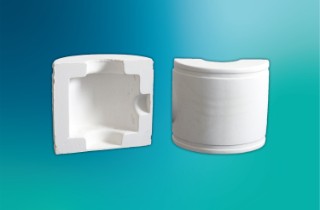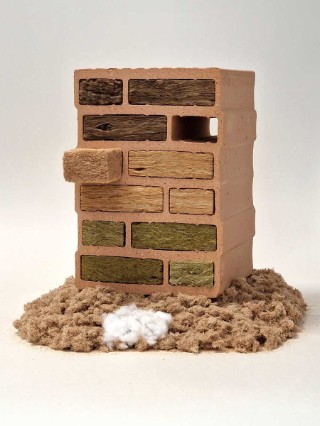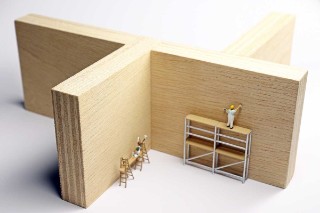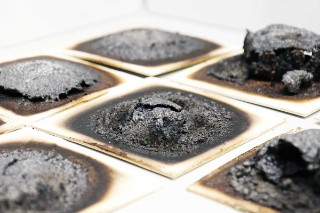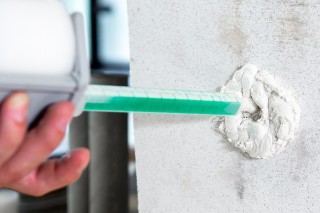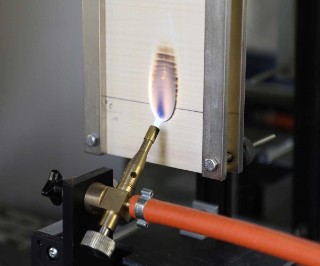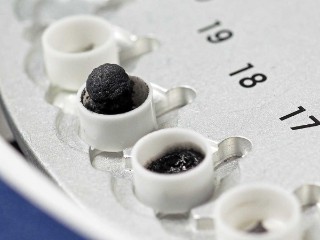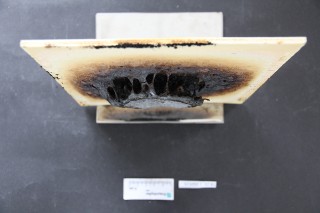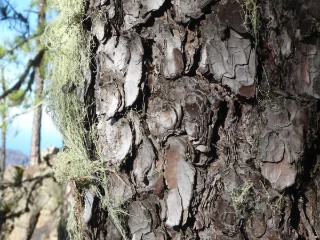Here is a small selection of our research projects.
Heating systems must be insulated in accordance with the German law on building-energy efficiency. For system components such as pump groups, valves or fittings, prefabricated insulation boxes made from polymer foams are available. These can be easily installed and subsequently removed. However, as they are of normal or low flammability, they cannot be fitted everywhere. Insulation using non-combustible materials has been laborious up until now. In collaboration with industry partners, we are developing a practicable solution: insulation boxes made from non-combustible foam that can be overhauled and recycled. Heating systems in building areas with increased fire-protection requirements could, as a result, be installed, maintained and modified more quickly.
more info Fraunhofer Institute for Wood Research
Fraunhofer Institute for Wood Research 